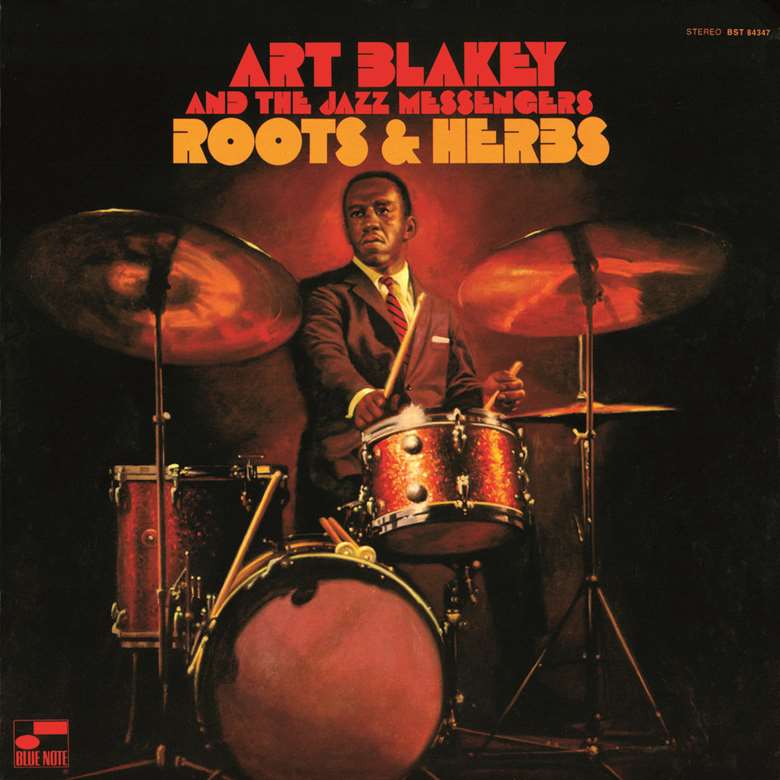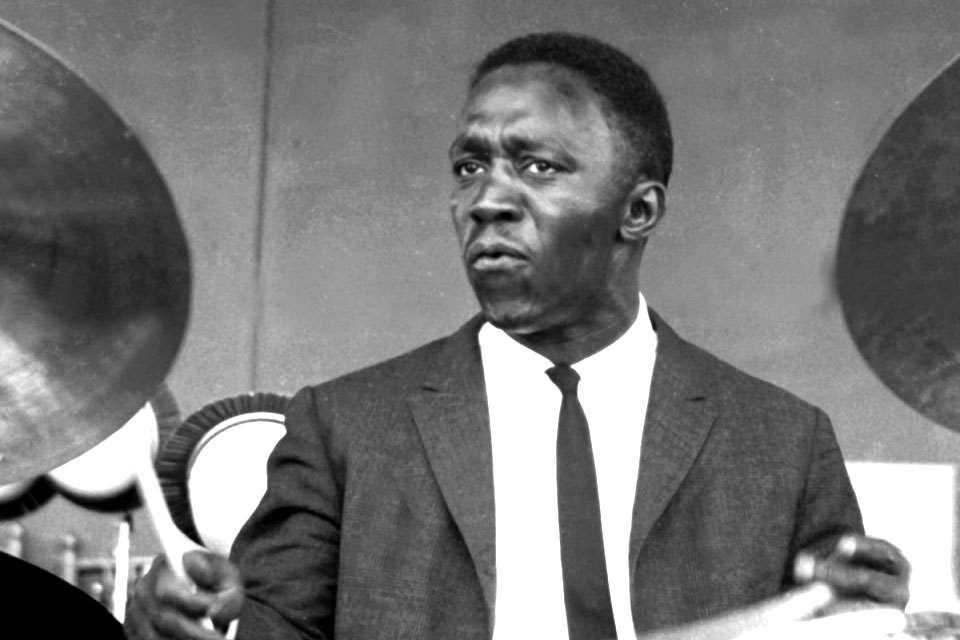Art Blakey
Stuart Nicholson
Blakey became regarded as the finishing school in jazz, his name on the curriculum vitae young musicians providing a status they would not have otherwise enjoyed. He also made an astonishing run of albums for Blue Note in the 1960s


Register now to continue reading

Thank you for visiting Jazzwise.co.uk. Sign up for a free account today to enjoy the following benefits:
- Free access to 3 subscriber-only articles per month
- Unlimited access to our news, live reviews and artist pages
- Free email newsletter
